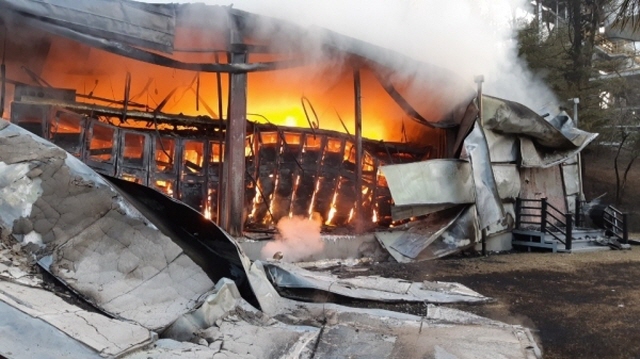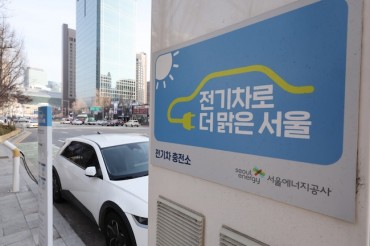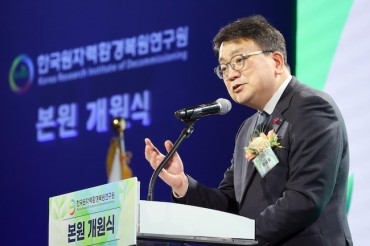
The panel said that the so-called DC contactors in battery racks explode when a battery system is hit by an electronic shock — overvoltage and overcurrent. (Yonhap)
SEJONG, Jun. 11 (Korea Bizwire) — Electric shocks are mainly to blame for a series of fires in energy storage systems (ESS), an expert panel said Tuesday, prompting the government to strengthen safety measures of major components of ESS products.
The panel said that DC contactors can explode when a battery system is hit by an electric shock, caused by either overvoltage or overcurrent.
The panel also said dry bands can occur in battery modules in ESS products installed in mountains or near seas, which can damage insulation and cause fires.
The finding came after the panel carried out a five-month investigation into 23 fires that broke out in ESS equipment produced by local firms, including LG Chem Ltd. and Samsung SDI Co. The fires occurred from August 2017 through May this year.
Still, the panel did not point an accusatory finger at either LG Chem or Samsung SDI over the fires.
ESS refers to the procedures of saving energy in a large-scale battery for the efficient distribution of power.
The panel said 17 out of the 23 ESS products were used to store electricity generated from solar and wind power stations, while four others were used to store electricity at nighttime and sell it during the day, when demand for power is high.
The government said it will strengthen safety management of battery cells and power conditioning systems, key components of ESS products. Power conditioning systems convert direct current generated from solar energy to alternating current for use in households.
The government has also mandated operators of ESS products install safety devices to prevent electric shocks and put in place an emergency system that halts the operation of ESS products if overvoltage, overcurrent and other abnormal symptoms are detected.
LG Chem, South Korea’s largest chemicals firm by revenue, said it would faithfully comply with the government’s strengthened safety management for batteries.
Samsung SDI officials could not be immediately reached for comment.
A total of 1,490 ESS products with a combined battery capacity of 4,773 megawatts per hour are installed in South Korea. Among them, 778 ESS products are used to store electricity generated from solar and wind power stations.
The demand in the ESS market around the world has been on the rise as many countries are seeking to boost power generated by clean and renewable energy sources.
South Korea plans to invest in solar and wind power stations under an energy road map aimed at increasing the ratio of renewable energy from the current 7 percent to 20 percent by 2030.
The global ESS market is expected to grow by 31 percent per year, from 11.8 gigawatt hours in 2018 to 77.6 gigawatt hours in 2025, Samsung SDI said on its website, citing the data by SNE Research, a market researcher.
(Yonhap)






